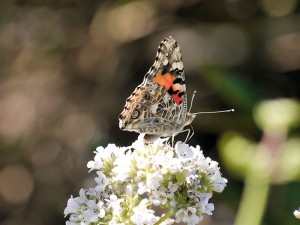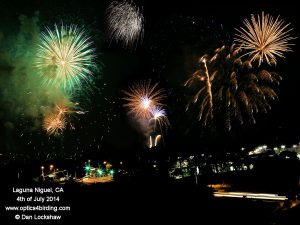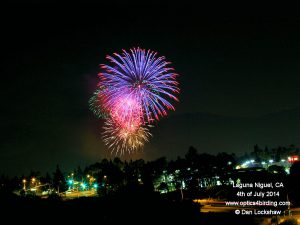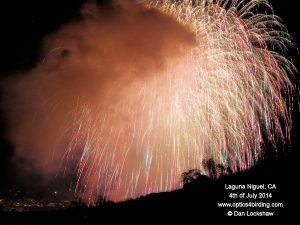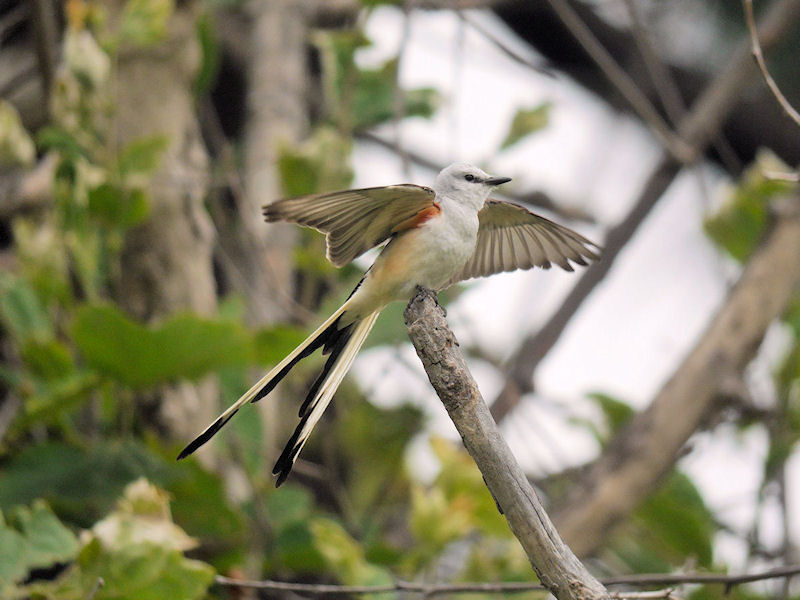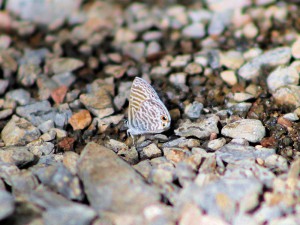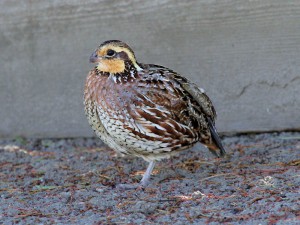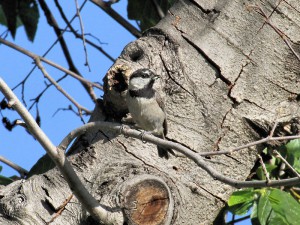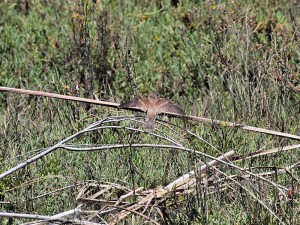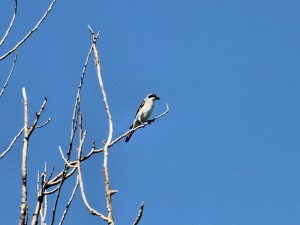The old saying goes “Close only counts in horseshoes and hand grenades.” But we who study butterflies, dragonflies, or other small creatures, know that many other things need proximity. Getting close looks at and/or photographing them requires optics that let you see these beauties in enough detail. That means being able to focus at very short distances. On the Optics4Birding website, a binocular’s close focus distance must be less than 8 feet to be considered close-focusing. I photographed these butterflies with a lens that allows close focus as well. All these images are full frame. I have not cropped the photos, only resized them to fit our page format. The Painted Lady (above) was feeding on nectar from these flowers. Continue reading
Fireworks in Laguna Niguel Regional Park
Happy 4th of July 2014 fireworks
We went to see the fireworks near Laguna Niguel Regional Park for 4th of July. Optics4Birding is located in southern California in the city of Irvine. I live about 15 minutes from work and near the Laguna Niguel Regional Park. The hills surrounding this area open the possibility for seeing many of the firework displays in South Orange County.
From where we were we could see four different shows at once. It was really impressive. I have never tried to take photos of fireworks before so it also became a learning lesson. A little reading on the internet gave me instructions for doing this. Shortly before dark we hiked up a dirt road in the hills next to our local high school and setup my camera on a tripod. Next year’s photos promise to be much better now that I have a bit of experience with this.
Since I do quite a bit of photography at night for our owling.com web site, I hoped that this would not be too difficult. Still this is a very different type of photography. Photographing the owls at night is done at closer range using a flash. Photographing the fireworks require extended shutter times with a camera on a tripod. All considered, this is just one more method of taking photographs.
I tried several different settings to do this. The best results came from setting my ISO between 100-400 and taking a timed photo of 5 to 8 seconds. I used my 100-400mm Canon lens so I could shoot some of the distant fireworks too. The shots were taken with the aperture set at 5.6. For a first try at this, the photos were just fine and I was happy.
Happy 4th of July to all from Optics4Birding. We hope to see many of you out looking at nature this upcoming year. Enjoy the photos and try to get outdoors as much as you can. We believe at Optics4Birding that if we all enjoy the outdoors, we will protect it and its precious life.
Strange Things Revisited
We took a drive to Santa Paula in Ventura County to see this female Scissor-tailed Flycatcher (Tyrannus forticatus). It had taken up residence in a park in the center of town. I digiscoped her through a Kowa TSN-884 spotting scope with a TE-11WZ eyepiece using a Panasonic G6 camera.
Scissor-tailed Flycatcher Range
Scissor-tailed Flycatchers’ normal range is in the south central U.S. They are common in Texas, Oklahoma, Kansas, and the western portions of Missouri, Arkansas, and Louisiana. In Southern California, Scissor-tailed Flycatchers usually show up in winter and leave in spring. Having one in summer is quite rare.
Strange Occurrence
The reason this female is still around is quite obvious: she is tending a nest. What’s even more interesting is there is not a male Scissor-tailed Flycatcher around and a male Western Kingbird seems to be watching over the nest when mom is out feeding herself. It will be interesting to see whether she fledges some interesting hybrids. Recent reports from Santa Paula question whether there are truly eggs in the nest. Some observers report seeing her “adjusting eggs”, while others say she is spending most of her time eating for herself and not tending the nest. Eggs would have hatched by now and no young have been seen.
The Return of the Swallows
Most of us are aware of the famed Mission at San Juan Capistrano. More accurately, most people are aware of the return of thousands of swallows during the month of March. March 19th or St Joseph’s Day was the schedule for this event. Today there are very few swallows actually nesting at the mission is the real truth. As a result of the 1812 earthquake much of the roof collapsed. Now left bare and exposed are the two-story arches of the great stone church. During reconstruction the nests were removed to protect the swallows. As luck would have it, the swallows moved to other adjacent locations and created new nests. Few have ever returned to the mission.
Swallows Arrive
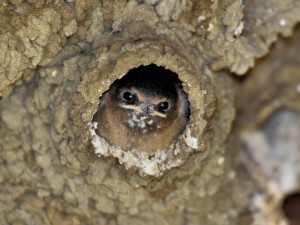 The fabled swallows of San Juan Capistrano still arrive in the area every year though most of their nests are under local bridges or often under the eaves of local establishments. The photos here are from the nearby Tree of Life Nursery adjacent to Casper’s Regional Park. Located off Ortega Hwy it is about 15 minutes east of the mission. (Young looking out of its nest shown on the left)
The fabled swallows of San Juan Capistrano still arrive in the area every year though most of their nests are under local bridges or often under the eaves of local establishments. The photos here are from the nearby Tree of Life Nursery adjacent to Casper’s Regional Park. Located off Ortega Hwy it is about 15 minutes east of the mission. (Young looking out of its nest shown on the left)
Continue reading
OC NABA Butterfly Counts, 2014
The Orange County chapter of the North American Butterfly Association (OC NABA) held its annual butterfly counts this weekend. Counts took place in Thomas Riley Regional Park and O’Neill Regional Park. It was my privilege to participate in the Riley count and to lead the O’Neill count. We had a pretty much ideal day for them, warm and clear without being beastly hot, though a little more moisture to bring on a bloom of more flowers would have been helpful.
As it was, the diversity of butterfly species was a bit on the low side, while the numbers of some species, notably Checkered Whites and Marine Blues were fairly impressive. We had 35 Marine Blues on the Holy Jim Canyon section of the O’Neill count alone, mostly clustering around wet mud puddles. They were difficult to count accurately since they were always moving, and you had to be careful that you didn’t miss something different hiding amongst them. We had a handful of duskywing butterflies, mostly Funereal Duskywings (photo). Many of these were freshly emergent, so the subtle markings in the upper wings and the white trailing edge of the hind wings were particularly bright and well-defined. Continue reading
Eastern Sierras – Handling the Expanse
An Eastern Sierras Excursion
The Eastern Sierras are one of the benefits of birding in California. They have a wealth of breathtaking scenery that we get to visit or pass. They are easily the equal of well-known scenic wonders like Yosemite, Big Sur, Death Valley, and Lake Tahoe. And these are just a few of the places that inspire awe. Driving around the state, I’ve developed an interest in geology as well, but birding is the main focus of my travels.
Quick trip to Paso Robles
Fathers day in Paso Robles
For Father’s Day weekend my daughter and I went up to Paso Robles, CA to visit family. It was not a trip where I got much time to go explore or bird watch. We did happen upon a few birds of interest while there. The first of these was a nice Northern Bobwhite. I had never seen a Bobwhite in Paso Robles before. Bobwhites not often seen in the Western US. Experts consider these to be domestic birds that have escaped. Well, escaped or not, she was very beautiful and certainly running around free. I was really surprised when I had trained my Nikon EDG II binoculars on her expecting to see a California Quail. Continue reading
Breeding Mountain Chickadees on the Coastal Plain
Sometimes the best birding occurs right on your doorstep. While riding my bike to work one morning, I heard the telltale song of Mountain Chickadees (Poecile gambeli). I watched one fly over my head into an alder tree beside the road. On the way home, I stopped in the same location to look for the nest I suspected was there. It didn’t take long to find. On an exposed length of trunk some 25 feet up, a fresh-looking hole with a nice, beveled edge was visible. Moments later, one of the parents followed the other to the hole, and the excited calling of the nestlings anticipating food could be heard. I went home and immediately returned with the camera. Then I sat quietly waiting for the adults to return. Continue reading
Newport Back Bay Science Center
We visited the Upper Newport Back Bay Science Center recently, looking for dragonflies and butterflies. Despite a pleasantly warm morning with relatively little wind, there were very few flying insects out on Father’s Day. The Newport Back Bay Science Center is an educational facility located on Shellmaker Island in the California Department of Fish & Wildlife’s 752-acre Upper Newport Bay Ecological Reserve. While lacking a visitor’s center, this facility is open to the public on a limited basis. They have regular education programs for 7-12th-grade students and other research opportunities, as well as general public visitation hours. There is a lab with multiple tanks of fish and invertebrates like an octopus, starfish, sea urchins and so on. Out back, they have petting tanks with more starfish, small sharks and rays, and flatfish like turbot and halibut. It’s a really neat place! Continue reading
Zeiss Victory SF Experience Tour, Part 4
Our final day of the Zeiss Victory SF tour started on the bus at 4:30 am. We drove for over three hours to a site well south of Budapest, Hungary. The border stop provided us with our first good looks at Crested Larks. These attractive larks commonly inhabit the fields and roadside edges. There was little time to look at them though as we continued the long drive. Our first stop was a great one. We parked along a rural road just outside a tiny town. There we immediately found several Lesser Grey Shrikes. These birds look much like our Loggerhead Shrikes, except they are warmer grey tone in the back and crown. They also show a distinct pinkish wash (photo) to the belly and upper chest.
Also present there were a few European Rollers. These handsome birds are overall sky blue color, slightly darker than Bee-eaters with contrasting reddish-brown wings and back. Rollers are fairly large, being slightly bigger and rather stockier than a Western Scrub-Jay. They are named for their looping roller-coaster-like display flights, which we got to see briefly, sadly only at great distance. Also present at this site was a hunting Little Owl that kept popping up onto a distant fence post. A pair of lovely Stonechats flew about the margins of a rough field edge. Continue reading

